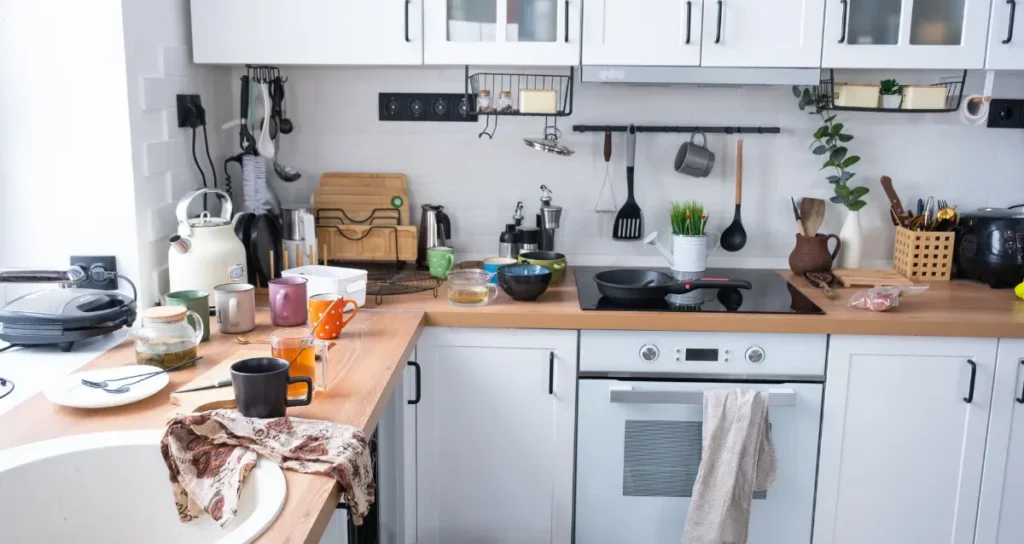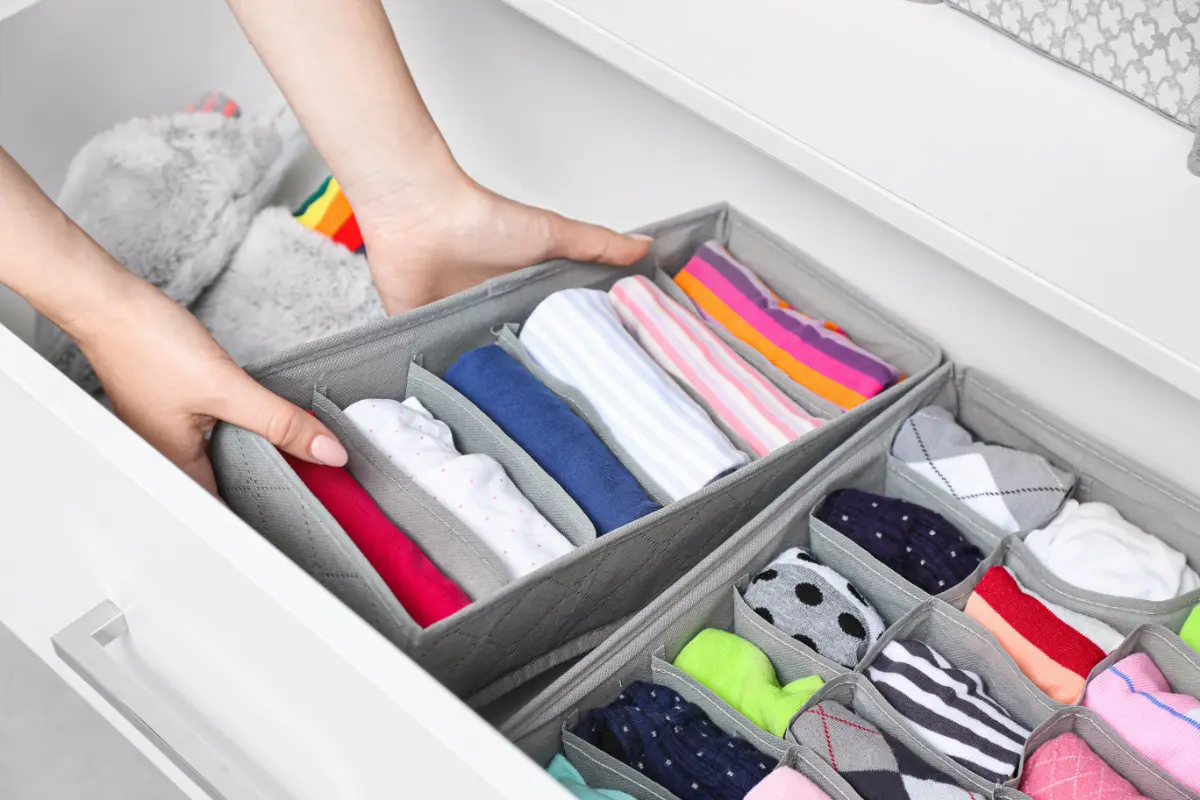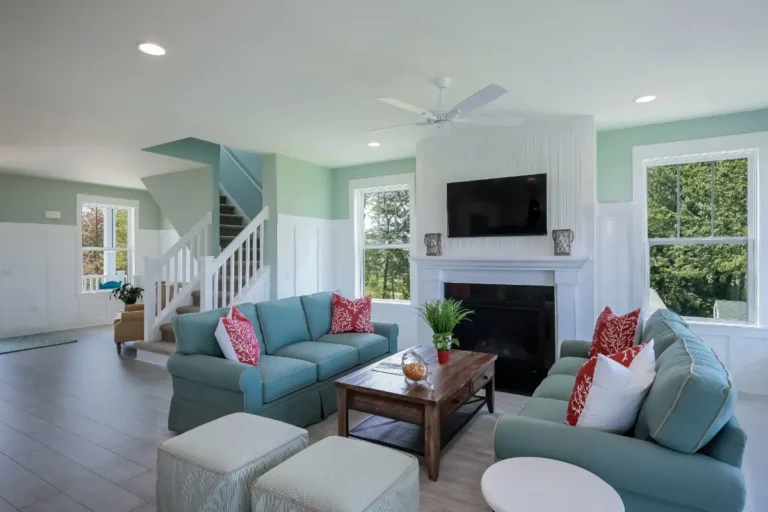The Ultimate Guide to Achieving True Home Organization: A Breakdown of the Urgency Zones Method
Are you constantly cleaning but never seem to get yourself and your home really organized? Well, if so, you are certainly in good company. The concept of actually organizing your home and making it function properly is not just about decluttering but actually building a system that works hand-in-hand with your needs and lifestyle. Here’s how these principles can make life simpler and rearrange your living space.
Principle 1: Urgency Zones
The concept of urgency zones is based on how frequently you use different items and how urgent it feels when you need to access them. These zones are broken into four levels:
- Zone 1 – Everyday Essentials: These are items you use daily, such as your keys, wallet, or work bag. Store these items in places with zero barriers to access, like open shelves or a dedicated bowl near the door. For the creator, Zone 1 items are placed at arm’s reach in an Ikea Billy bookcase, allowing for quick, easy access.
- Zone 2 – Infrequent, Yet Urgent Items: These are items you don’t use daily but feel urgent when you need them, such as batteries for remotes or spare parts. Storing these items in accessible bins or drawers ensures you can find them quickly in moments of urgency.
- Zone 3 – Sporadic Use, Non-Urgent Items: Items you need occasionally but don’t feel urgent about, such as decor props, fit into this zone. They can be placed in less accessible areas, as you’ll likely have planned their use ahead of time.
- Zone 4 – Rarely Used, Low-Access Items: These include things like tax records, warranties, or sentimental items. These can be stored out of immediate reach, perhaps on high shelves or in storage closets.
This zoning approach helps reduce stress by eliminating the search for misplaced items and makes your space feel more organized and purposeful.
Principle 2: Show and Hide
One of the key elements of home decor and organization is managing what is visible. The “Show and Hide” principle suggests keeping visible areas tidy and clutter-free by using cabinets, doors, and drawers.
- Reduce Visible Clutter: By storing items behind closed doors or drawers, you create a cleaner aesthetic and reduce visual congestion.
- Creative Storage Solutions: Incorporating items like Ikea’s Loven computer monitor stand can help with organizing vertically on shelves. Additionally, dealing with cords and cables is essential. Installing simple grommets and power bars with adhesive-backed Velcro can make a charging station both functional and concealed.

Principle 3: The Rule of Threes
This principle isn’t solely about organization but also applies to visual appeal. Clustering items in groups of three can create a balanced and pleasing aesthetic, as this arrangement is naturally attractive to the eye.
- Clustering for Visual Harmony: For areas where you need to display multiple items, like a coffee table with remotes or a shelf with decor, arranging them in groups of three can prevent them from feeling cluttered. For instance, gathering items on a tray can transform multiple items into a single visual element, maintaining the Rule of Threes.
Principle 4: Do Sweat the Small Stuff
Small items can quickly lead to chaos in an otherwise organized space. Using small bags and labeling them as soon as you acquire new items can help prevent these little items from becoming lost or causing disarray.
- Label and Store Tiny Items: Labeling items like spare parts, extra buttons, or random screws can be a game-changer. Using small labeled baggies and storing them in designated bins ensures that you can locate them when needed without sifting through drawers full of tiny, unidentified objects.
Principle 5: The Nightly Five
This simple habit, coined as the “Nightly Five,” is about dedicating five minutes each evening to return items to their designated spots. This routine reinforces organization, ensuring that your space remains tidy without requiring major clean-up sessions.
- Five Minutes to Reset: By consistently dedicating five minutes each night to tidying, you can maintain a clean, organized home effortlessly. This quick reset is especially helpful after a day of high activity, ensuring that each item returns to its home without fuss.
Practical Tips for Implementing the System
The principles are universal, but the tools and containers used can be very individualized. As the creator goes on to say, although a particular product like an Ikea bookcase or some Upera bins works for him, you don’t have to use those specific products. What’s the most important thing is that you should find a way to apply the principles that works for your needs and budget. For example, you can make a good storage solution from clear containers from the Dollar Store or from old shoe boxes.
Why This System Works
The system can work both in terms of the physical items as well as a way of mentally creating the structure. It reduces stress, and allows reduced mental clutter build up. Zones and routine, always constant, will help set one up with a sustainable organization that feels natural rather than forced. It is said that the “Nightly Five” habit will really help keep clutter from building up and maintain the system.
Final Thoughts
It’s not about putting things away; it’s about designing it so well that it will work with your habits, lifestyle, aesthetic preferences. Urgency zones, getting fewer, less visible messes, the Rule of Threes, labeling little things, and building up to a nightly reset are some of the things that can turn your home into a place of order and serenity.
If you are ready for the challenge of home organization, you must remember that it’s not about mimicking someone else’s setup but using these principles to create a space that works well for you. It takes little planning, with some dedicated routines, in order to be truly organized and experience a more peaceful home environment.







